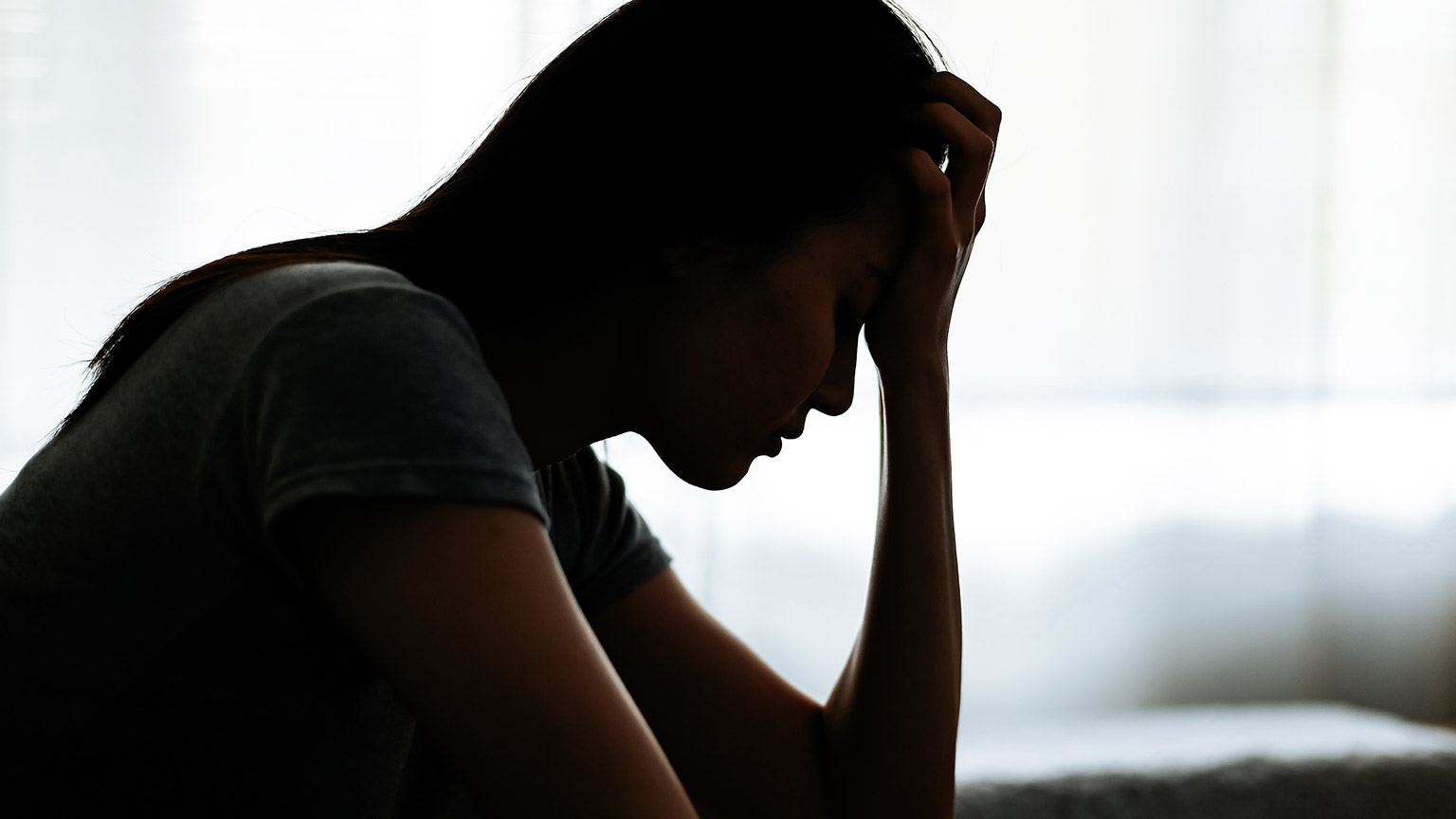Mental Illness Fellowship Victoria. (n.d.). Factsheet – Understanding anxiety. http://www.mifellowship.org/sites/default/files/styles/Fact Sheets/Understanding Anxiety.pdf
Anxiety is an unpleasant emotional state ranging from mild uneasiness to intense fear. A certain amount of anxiety is normal and serves to improve performance.
Clinical anxiety differs from everyday anxiety in its intensity and the degree to which it interferes with people’s lives. Anxiety is often associated with depression. Onset of anxiety disorders is usually in early to late adolescence.
The different types of anxiety disorders are:
- Social anxiety disorder (13 percent of the population)
- Generalised anxiety disorder (GAD) (about three to five percent of the population)
- Panic disorder (two to three percent of the population have a diagnosed panic disorder, but up to 30 percent of the population will experience a panic attack in any given year)
- Post traumatic stress disorder
- Phobias (including agoraphobia, social phobia and specific phobia)
- Obsessive compulsive disorder (OCD) (Two to three percent of the population experience OCD. It is the fourth most common psychiatric disorder)
- Substance-induced anxiety disorder
The symptoms vary among different types of anxiety disorders and each has its own specific symptoms, but generally anxiety has three major components:
- A physical component, which features symptoms like palpitations and sweating, tightness or pain in the chest, shortness of breath, headache, tingling in fingertips, muscle pains, muscle weakness, dizziness, difficulty in swallowing, abdominal discomfort, diarrhoea and frequent urination
- A psychological component characterised by irritability, anger, lack of concentration, inability to remember, fear of impending death, feelings of being outside oneself (depersonalisation), feelings of being cut off from reality (derealisation)
- An interpersonal component featuring an inclination to cling to other people for reassurance.

Anxiety disorders are the most common mental health problems effecting Australians (Anxiety Recovery Centre Victoria). In 1997, the Australian Bureau of Statistics conducted a major epidemiological study which found that 7.1% of males in Australia suffer an anxiety disorder and 12% of females. These statistics are higher than any other mental illness.
While the cause of anxiety disorders is still poorly understood, it is thought that the cause of each sub-type may differ. Several factors may impact on the disorder’s development, either individually or in combination, including:
- Personality – People who are easily aroused, upset, sensitive and emotional are more likely to develop anxiety disorders
- Learned response – Some people may repeat their experience of a stressful event when faced with a situation, object or feeling that is similar. In this way, it can be said that they learn to respond in a certain way to the same situation or event.
- Hereditary factors – The tendency to develop anxiety disorders may run in families (as well as being a response learned in the family)
- Biochemical processes – Some sub-types of anxiety disorders may be caused by chemical processes in the brain, in particular those affecting neurotransmitter levels (eg reducing serotonin).
Anxiety may be a condition in itself, or it may be caused by an underlying psychiatric/physical illness. It may occur as part of a variety of syndromes, including depression. Generally, anxiety that is caused by an underlying physical illness – certain hormonal conditions, for example – improves with treatment of the underlying condition.
Some people may have panic attacks with feelings of terror, impending doom, breathlessness and chest pain. Tingling in the lips and fingers, and cramps in the hand may occur.
Anxiety attacks can mimic nearly every acute disorder of the heart or lungs. One study reported that 25 percent of patients entering a hospital with chest pain were actually suffering from panic attacks (diagnosed correctly in only two percent of cases). It is often difficult to distinguish between a heart condition and a panic attack. In addition, anxiety-like symptoms are seen in epilepsy, hypoglycaemia, adrenal gland tumours, hyperthyroidism and also during menopause.
Depression is commonly experienced along with anxiety.

Because anxiety is thought to be associated with personality traits, thought processes, and chemical imbalance, treatment and recovery require both medication and specific therapies. It involves a biopsychosocial approach:
- Correcting the chemical imbalance using medication. Benzodiazepines (eg. valium, serepax) are most commonly used and provide relief for most people, although their long-term use can be problematic. Certain antidepressants can also be helpful.
- Addressing learned responses and personality factors using therapy and social supports (psychosocial). This includes Cognitive Behavioural Therapy, which aims to change irrational thinking patterns and promotes greater control in a person’s thinking, emotions and behaviour. Such therapy needs to be combined with ways of assisting the person to manage their particular symptoms, such as relaxation techniques, slow breathing techniques and hyperventilation control.
Reference: Kathryn I’Anson in Pepper, S. (ed) 2002, Towards Recovery, VicServ Melbourne.
In addition to the specific interventions previously mentioned, there are many things friends and family can do to help.
- Always remember that clinical anxiety is a medical condition that requires medical treatment. Just as you cannot stop a person’s leg bleeding by talking to them, you cannot stop acute episodes of anxiety without medical intervention. Treatment is effective.
- Find out as much about the illness as you can. Knowledge is power and gives you a much better chance of developing good coping strategies.
- Be patient. People experiencing anxiety need to come to some insight regarding their illness. This is not always easy and takes time.
- Know what to expect of the mental health system and be prepared to be assertive in seeking appropriate care.
- Link in with community organisations that offer supports and services that complement clinical services. They often provide educational programs, counselling and local support groups
- Remember to stay healthy yourself. Do not underestimate the impact of the illness on you. Acute episodes of anxiety often involve trauma and grief and have an impact on whole families. Be prepared to seek support to develop strategies that keep you well.
Mental Illness Fellowship Victoria www.mifellowship.org
Mental Health Services Website (Vic) www.health.vic.gov.au/mentalhealth
National Alliance of the Mentally Ill (NAMI) (USA) www.nami.org
Mental Health Council of Australia www.mhca.com.au
SANE Australia www.sane.org
Beyond Blue www.beyondblue.org.au
